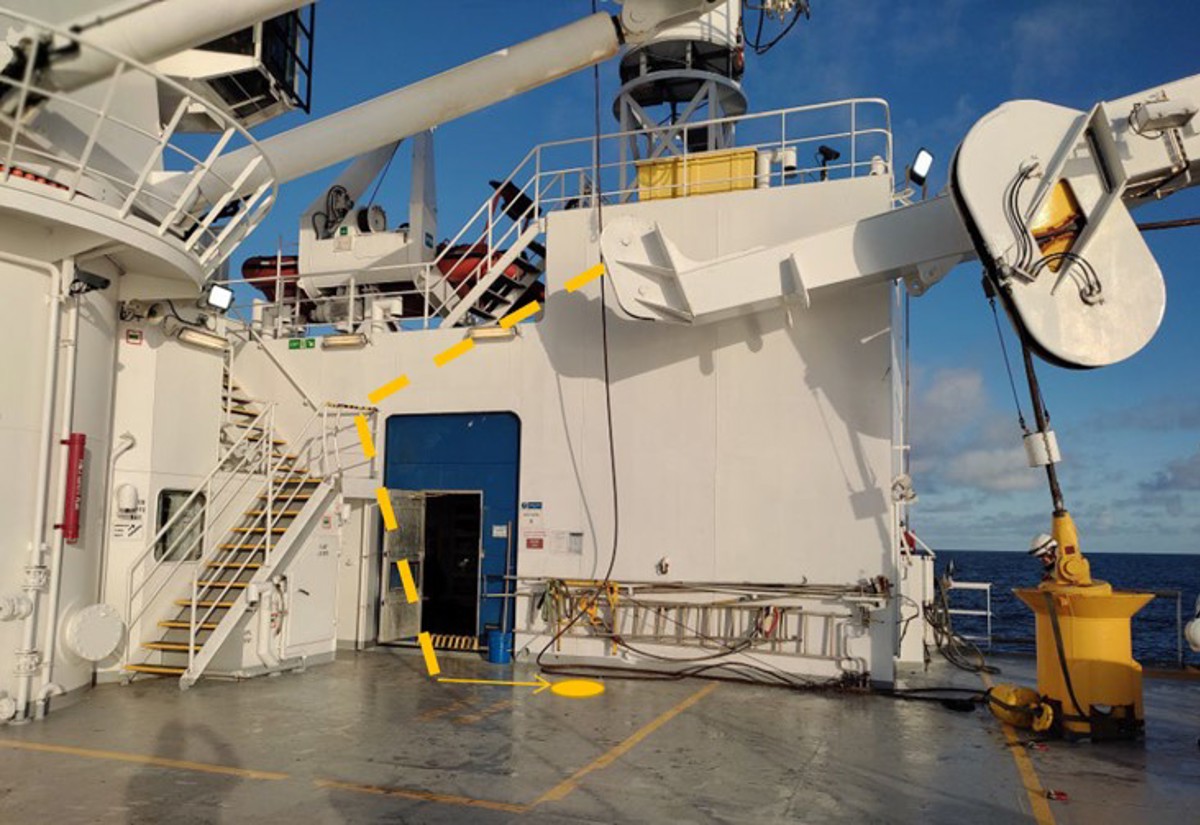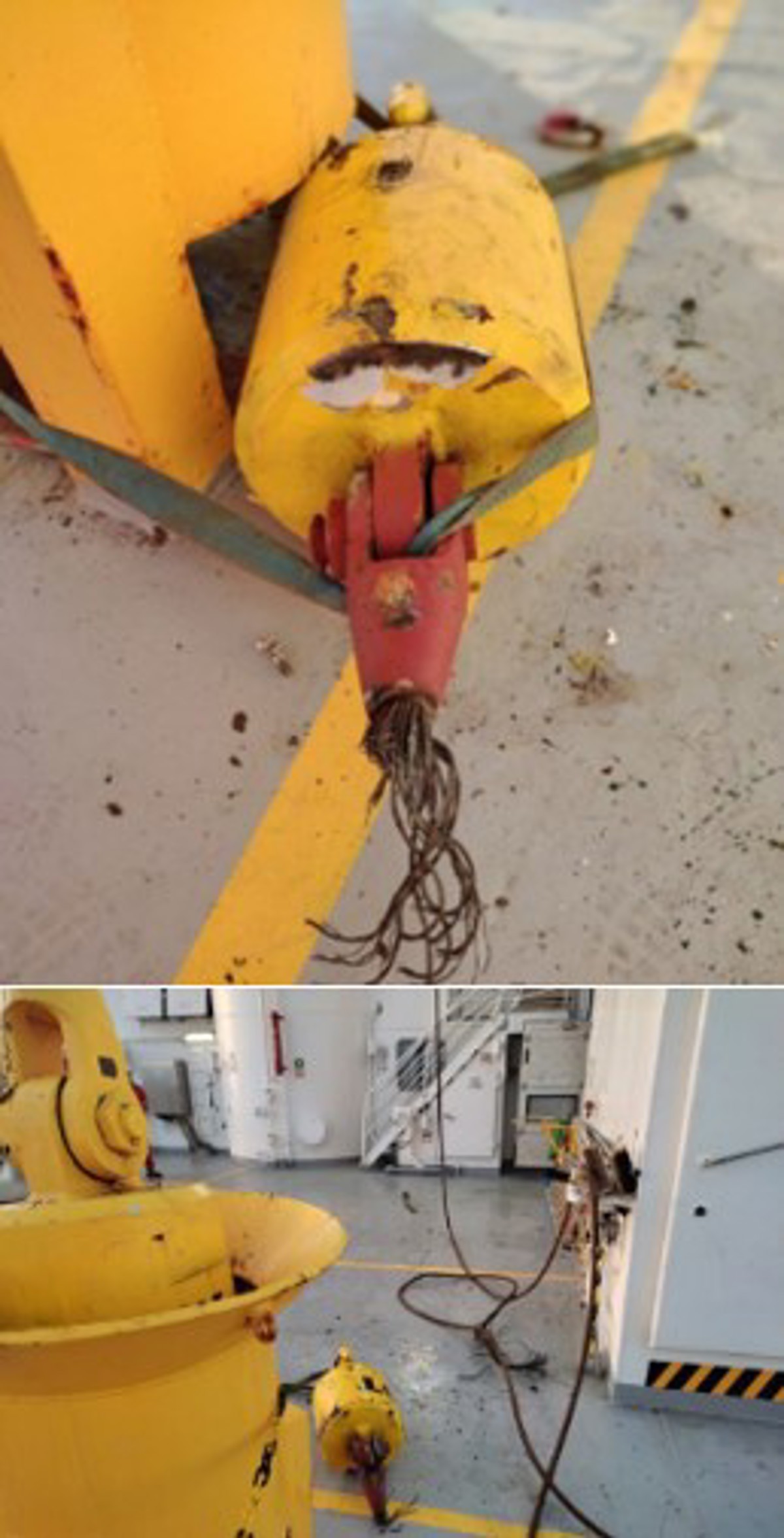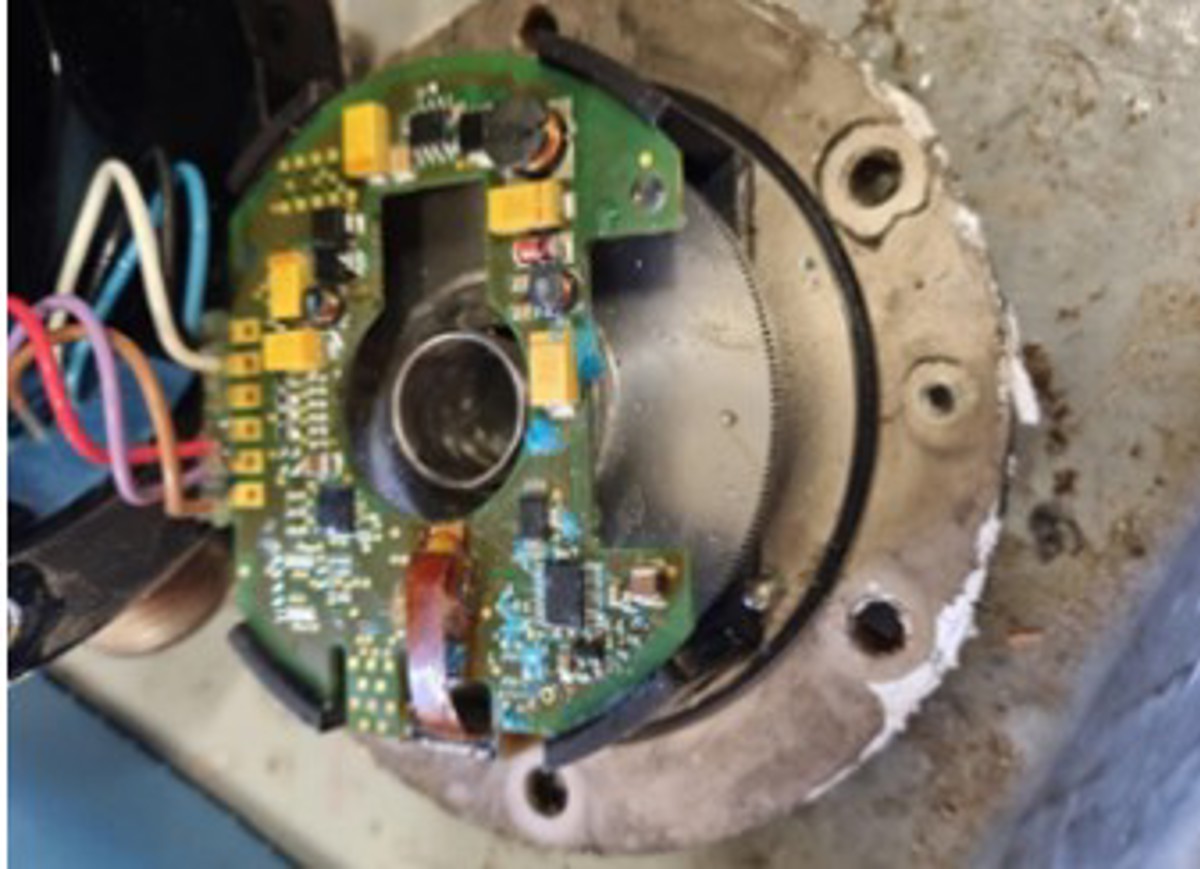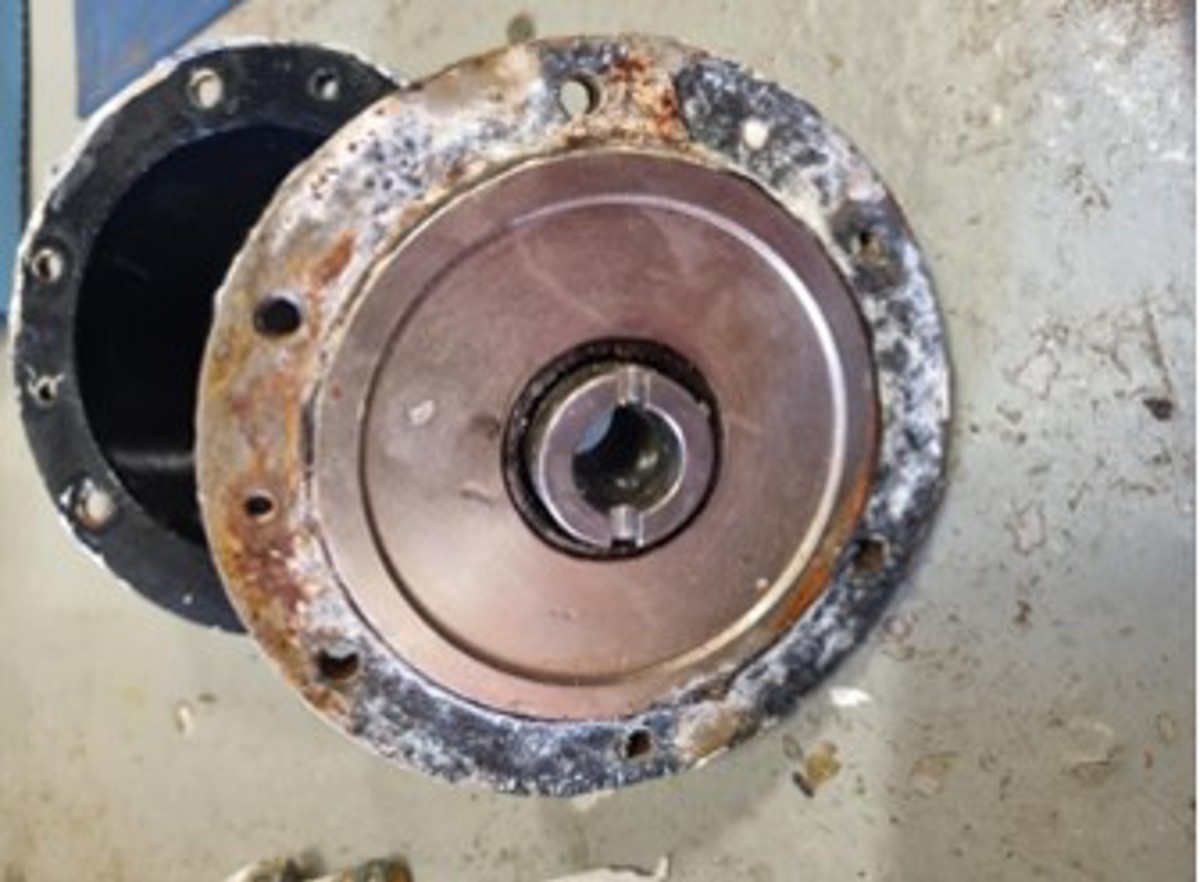High-potential near miss: Uncontrollable movement of auxiliary whip line
- Safety Flash
- Published on 9 February 2023
- Generated on 31 October 2025
- IMCA SF 04/23
- 3 minute read
Jump to:
When starting up, a vessel main crane started behaving in an uncontrollable and potentially hazardous way.
What happened?
The block and hook were hoisted up to the sheave, when the auxiliary wire parted due to the forces applied. The block and hook were ejected forward until they hit a stair railing, approx. 4 m forward of the sheave. Then the block and hook fell approx. 3 m to the deck, and bounced before coming to rest.
Six people were involved in the operation and found to have been at high risk had conditions been slightly different. Two crew were involved in unhooking; three were in a nearby deck workshop with no barrier in place between them and where the block and hook landed, and the crane operator was in the crane cabin.
When realising something was wrong, the two personnel on deck quickly vacated the immediate area. No-one was harmed.

Yellow dotted line showing estimated movement of hook/block during the event

Damaged hook, block & wire

View of damaged encoder

Another view of damaged decoder
What was the cause?
The main crane auxiliary line encoder unit was damaged due to water ingress, and gave the wrong input to the crane, causing uncontrolled movements of the auxiliary wire as the crane was started up.
What went right?
After the incident there was an “all stop” and “time-out for safety” held.
All personnel involved took part in a debrief and were looked after by the on-board medic – in the context of emotional and mental health rather than physical injury.
What went wrong?
- The door to the deck workshop was open with no barrier in place to the main deck, leaving three personnel in the workshop exposed to the risk of walking into a hazardous/line of fire area.
- There was also additional risk for personnel not part of the operation to be accidentally hit, as there were no barriers in place at the stair from the mezzanine deck to the main deck.
What lessons were learned
Repairs:
- The faulty encoder was replaced with a new encoder with drain plug.
- The crane was repaired and inspected by the crane manufacturer. It was also inspected by a competent and independent third-party expert.
- A safety bucket was installed on deck for the auxiliary crane hook. This will prevent use of anchor point which will then prevent need for personnel to unhook at crane start up.
Procedures and risk assessments:
- The risk assessments and procedures for crane operations (including barriers) were reviewed and updated.
Members may wish to:
- Check their own lifting equipment to check for potential similarities related to crane type and encoder, such as exposure of encoder housing, degradation of unit, risk of water egress.
- Look into risks at crane start up, checking if personnel can be removed from hazard / line of fire area.
- Ensure barriers are in place to ensure personnel are kept out of line of fire zones, not only for deck operations but also for start up of crane and effects of crane failures, as applicable.
Related safety flashes
-
IMCA SF 05/21
11 February 2021
-
IMCA SF 26/20
4 September 2020
-
IMCA Safety Flashes summarise key safety matters and incidents, allowing lessons to be more easily learnt for the benefit of the entire offshore industry.
The effectiveness of the IMCA Safety Flash system depends on the industry sharing information and so avoiding repeat incidents. Incidents are classified according to IOGP's Life Saving Rules.
All information is anonymised or sanitised, as appropriate, and warnings for graphic content included where possible.
IMCA makes every effort to ensure both the accuracy and reliability of the information shared, but is not be liable for any guidance and/or recommendation and/or statement herein contained.
The information contained in this document does not fulfil or replace any individual's or Member's legal, regulatory or other duties or obligations in respect of their operations. Individuals and Members remain solely responsible for the safe, lawful and proper conduct of their operations.
Share your safety incidents with IMCA online. Sign-up to receive Safety Flashes straight to your email.